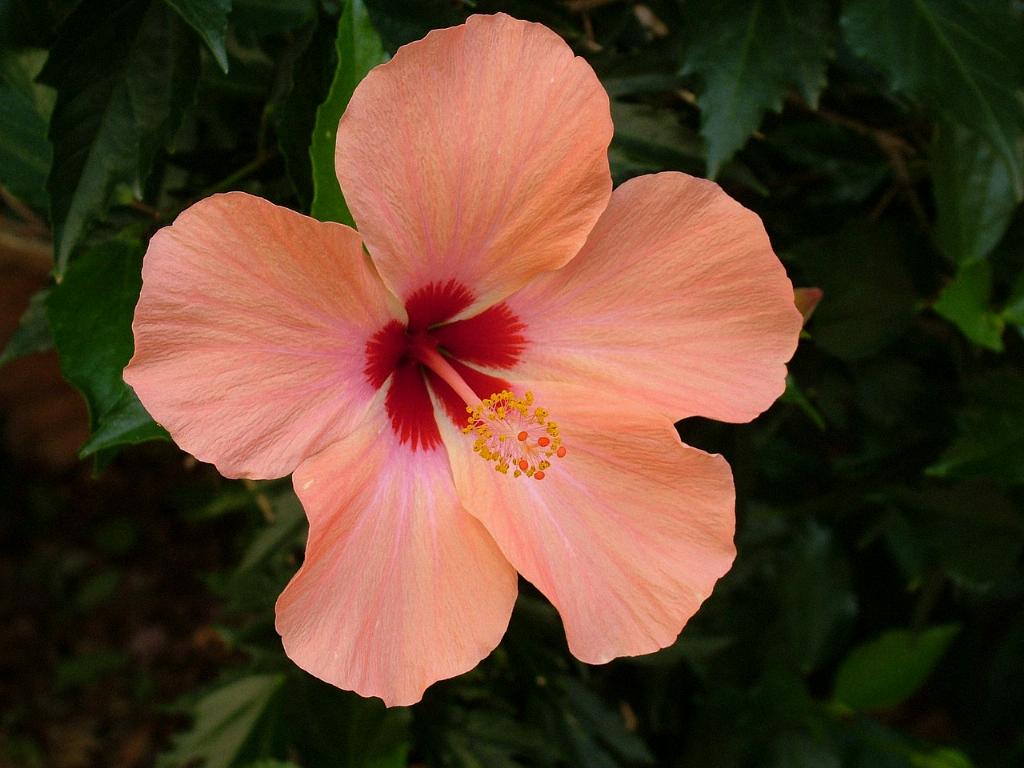The hibiscus flower is not just another pretty face in the garden; it’s a global superstar in both aesthetics and functionality. Known for its large, colorful blooms, this plant can be found brightening up yards and homes around the world. Hibiscus flowers aren’t shy about making a statement with their bold, trumpet-shaped flowers that come in shades of red, pink, orange, yellow, and even bi-colors. Each variety brings its own splash of color and unique characteristics. Not only are they a feast for the eyes, but these flowers are also admired for their culinary and medicinal uses, which range from teas to natural remedies.
Varieties of Hibiscus: Exploring Different Types and Their Unique Traits
If you’re keen on diversity, you’ll be thrilled to learn about the different types of hibiscus. The two main categories are the tropical Hibiscus rosa-sinensis, which thrives in warm climates, and the hardy Hibiscus syriacus, which can tolerate cooler temperatures. Each species boasts unique traits that can cater to different gardening needs. For instance, the Hibiscus rosa-sinensis is perfect for those vibrant, ever-blooming garden spots, while the Hibiscus syriacus, often called the rose of Sharon, brings late summer blooms when most other plants have finished their show.
Cultivating Hibiscus Plants: Essential Tips for Growing and Caring
Growing hibiscus might seem like a daunting task, but with the right care, these plants can flourish with minimal fuss. Key to their care is ensuring they’re planted in well-draining soil, as hibiscus flowers despise “wet feet.” Full sun is a must for optimal growth, although they can tolerate some light shade. Regular watering and fertilizing with a high potassium fertilizer will ensure they keep popping up those gorgeous flowers. Remember, they’re a bit like Goldilocks, not too much water, not too little, just right!
Hibiscus in Your Garden: Design Ideas and Plant Pairings
When it comes to garden design, hibiscus flowers are incredibly versatile. Pair them with companions like salvia, lavender, and shasta daisies for a cottage garden feel. Or, for a more tropical flair, nestle them among palms and ferns. Their bold blooms provide excellent backdrops for smaller plants, offering a layered depth to your garden aesthetics. Moreover, planting them in groups can create a stunning visual impact that draws the eye and invites onlookers into your garden paradise.
Health Benefits of Hibiscus: More Than Just a Pretty Flower
It’s not all about looks; the hibiscus flower boasts numerous health benefits too. Hibiscus tea, made from the dried parts of the hibiscus plant, is not only refreshing but also packed with antioxidants. Studies have suggested that regular consumption can help lower blood pressure and boost liver health. Plus, it’s a calorie-free substitute for sugary beverages, making it a healthy, hydrating choice for maintaining a balanced lifestyle.
Crafting with Hibiscus: Tea, Recipes, and DIY Beauty Products
The versatility of hibiscus extends into the kitchen and beauty routine. Hibiscus tea is a popular beverage, but did you know you can also use these flowers to make jams, relishes, and even wines? In the world of natural beauty products, hibiscus is used for its soothing, anti-aging properties. It can be found in hair masks and skincare lotions, which exploit its rich vitamin C content, known to boost collagen production and brighten skin. Experimenting with hibiscus in your DIY projects can add a touch of luxury and effectiveness to your products.
The Symbolic Significance of Hibiscus Flowers in Various Cultures
Around the world, hibiscus flowers hold a place of symbolic importance in many cultures. In Hindu worship, the hibiscus is considered the flower of the goddess Kali and is commonly used in ceremonial offerings. In Hawaii, where the hibiscus is the state flower, it represents hospitality, heritage, and tourism, embodying the spirit and natural beauty of the islands. These cultural connections add a layer of depth and intrigue to the hibiscus flower, enriching its role in global traditions and symbolisms.
Common Challenges in Growing Hibiscus and How to Overcome Them
Despite their sun-loving nature, hibiscus plants can be quite temperamental, battling issues like pests, diseases, and climate stress. Aphids, spider mites, and whiteflies are common culprits that can be managed with neem oil or insecticidal soaps. Fungal diseases like rust and leaf spot can be minimized by avoiding overhead watering and ensuring good air circulation around the plants. By being vigilant and responsive, you can keep these issues at bay and help your hibiscus thrive.
Where to Buy Hibiscus Plants and Seeds: Top Sources Reviewed
Ready to start your hibiscus journey? You’ll find a variety of plants and seeds available from local nurseries to specialized online retailers. Quality is key, so look for suppliers with good reviews and health guarantees. Some reputable online sources include Burpee, David’s Garden Seeds, and Eden Brothers, which offer a wide range of hibiscus species suited to different climates and gardening needs. Whether you’re a novice gardener or an experienced green thumb, adding a hibiscus can bring a touch of the tropics to your garden.

